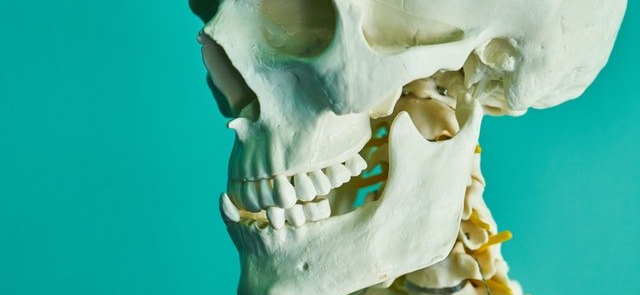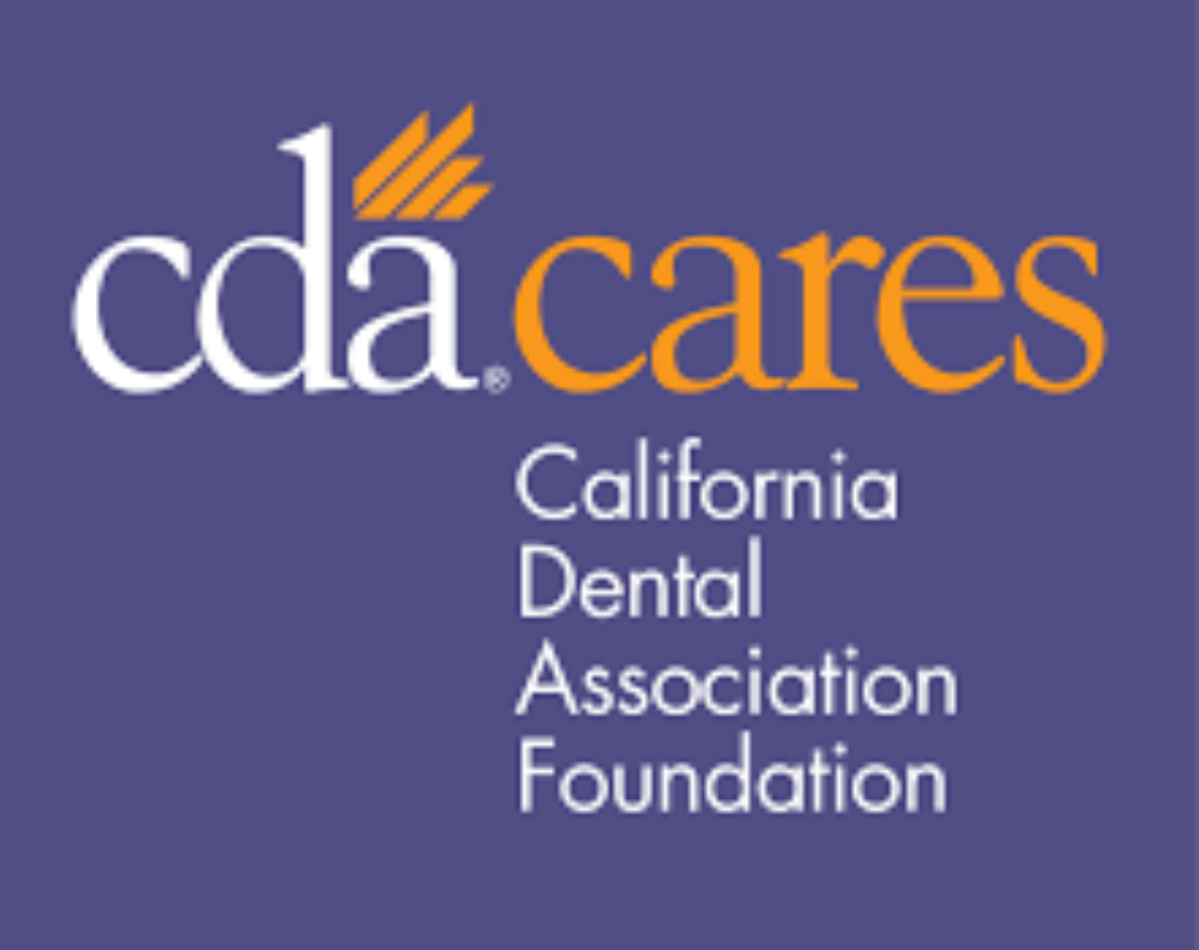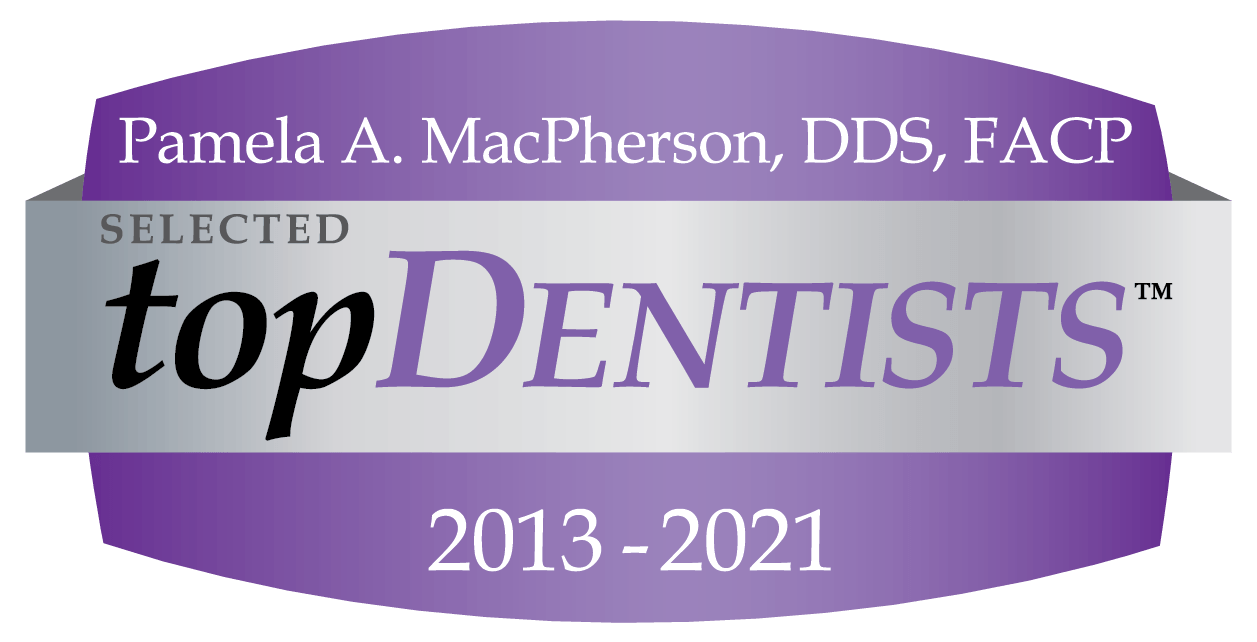Temporomandibular disorders, or TMD, are painful and limiting conditions in the jaw, or temporomandibular joints and their surrounding tissues. Each jaw joint, one on each side of the head, connects the jaw to the temporal bones on the skull, allowing the jaw to open and close, go forwards and backwards, and move side to side. When this area is injured or affected from other conditions such as arthritis, this jaw joint becomes impacted, affecting one’s ability to speak, chew, swallow or even breathe properly.
TMD spans a range of ailments around the jaw joint and surrounding tissues or muscles. The root causes of TMD are both vast and complex, ranging from autoimmune disorders, infections and arthritis to injuries, dental procedures, or the insertion of a breathing tube. Risk factors for TMD can be genetic, hormonal, behavioral or environmental and have been shown to be more prevalent in women than in men.
TMD is characterized by a dull ache in the jaw joint or problems with jaw movement. Other symptoms may include pain or stiffness in the jaw muscles, neck or shoulders, limited movement of the jaw, an unusual bite, pain, pressure or ringing in the ear, or a constant and painful grating or clicking of the jaw joint when moved.
Most patients who suffer from TMD often experience other health problems including chronic fatigue, chronic headache, endometriosis, fibromyalgia, interstitial cystitis, irritable bowel syndrome, lower back pain, vulvodynia, and sleep disorders.
According to studies, approximately 12% of the American population suffers from some form of TMD at any given time. Of these 35 million TMD sufferers, a majority of those tend to be women in their childbearing years, which lends credence to research showing that female sex hormones, like estrogen, may be a factor in causing, or at least advancing, TMD. Other environmental factors, such as habitual gum chewing, stretching of the jaw, or constant unnatural jaw positioning can also be factors that make a person more susceptible to TMD at some point in their lives.
There are many schools of thought when it comes to the best treatment for TMD, and there is no single medical or dental specialty that is qualified specifically for the care of TMD patients. However, Protsthodontists have some additional training in treatment of TMD. Many patients with mild or sporadic TMD symptoms may see improvement with at-home treatment and care, such as eating soft foods, taking over-the-counter pain medications, and avoiding certain facial movements that irritate the jaw joint. A temporary bite guard or splint may also be fitted on the upper or lower teeth by your dentist, which can alleviate some pain in patients with TMD.
Surgical or irreversible treatments for TMD are typically avoided, as there have been no conclusive studies or clinical trials regarding their effectiveness to treat TMD. Replacement of the jaw joint with an artificial implant is another option that should be used only as a last resort to improve jaw function, but does little to alleviate pain.
If you are experiencing any signs of TMD, including pain, pressure or limited mobility around your jaw joint, contact our office for a consultation to see what options are available to you.









